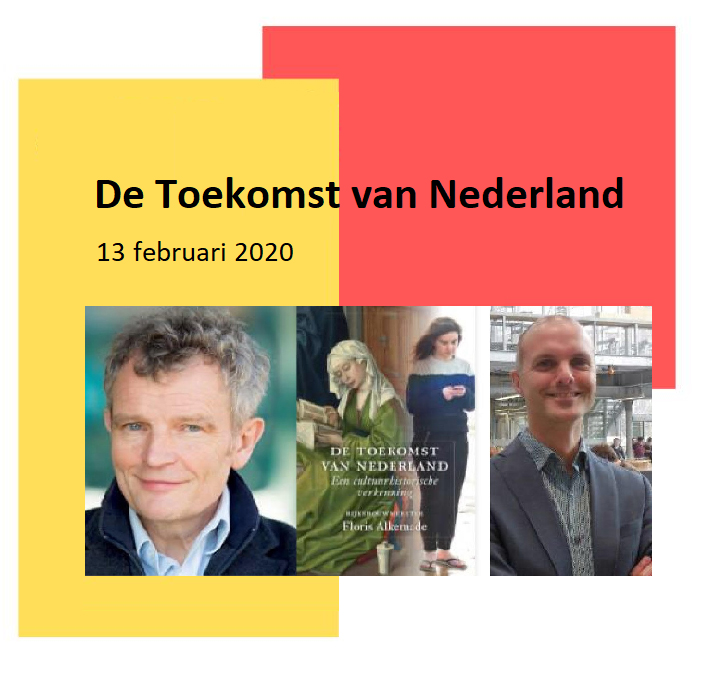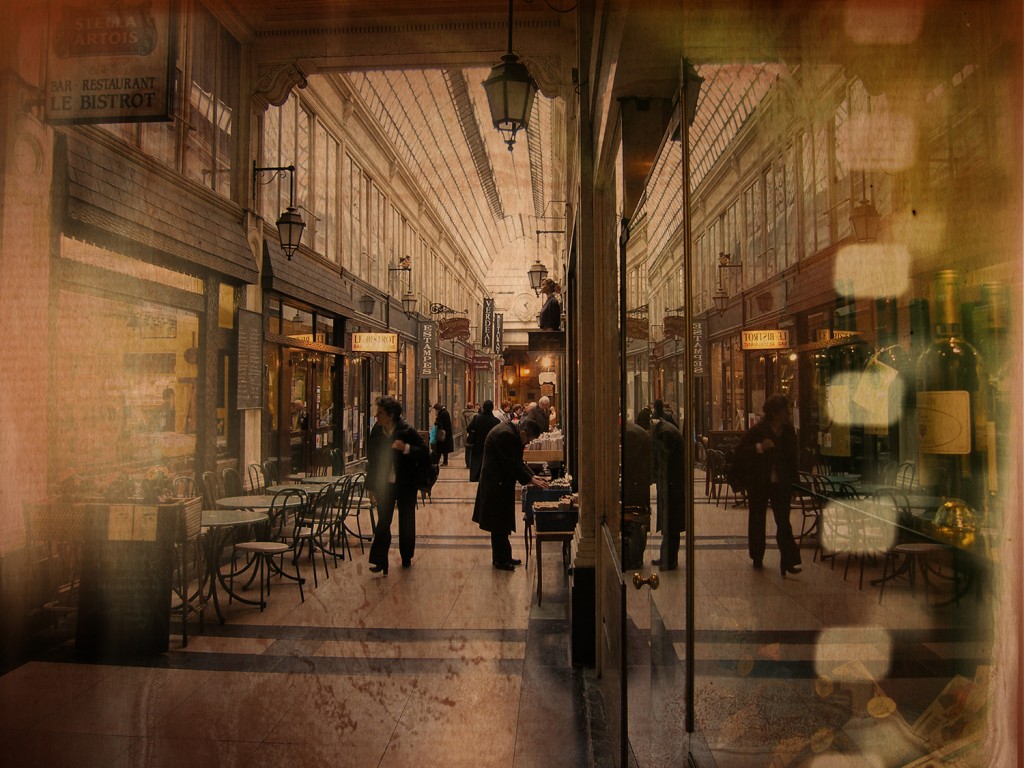How to Design Public Space for Maritime Mindsets? That’s a central question in the new Minor ‘Minor (Re)Imagining Port Cities: Understanding Space, Society, and Culture’.
Tag Archives: publicly-owned space
Waterfront as Environmental Infrastructure
The waterfront is a fragile and thin marginal area where multiple interactions occur between the city and the water. It is not a border or a limit. On the contrary, it is a meeting space, an interchange area, a transition – and tension – between different biological communities. Like all environmental frontiers, the waterfront is an ecosystem with a dynamic and precarious balance. Water-related challenges such as protection from wave motion, and adaptation to multiple conditions (e.g. hydrogeological, health, and environmental risks), albeit relevant, are often addressed in a sectorial way through confusing and ineffective procedures and plans. The centrality that the environment assumes in the transformation processes of the land-water interfaces requires the preparation of a design approach that aims to operate as a device capable of providing a response to social and ecological rebalancing, in terms of resilience as well as energy efficiency, reduction of greenhouse gas emissions and environmental safety. Urban design solutions need to consider the availability of resources; social-environmental changes are confronted with the long time of ecological-environmental processes and adaptations. At the same time, targeted interventions correlate with the many ongoing and planned activities in the specific territories.
According to this approach, the concept of a waterfront becomes an environmental infrastructure, overcoming obsolete ideas of waterfronts as purely related to commercial development. The design of a waterfront is incremental and inter-scalar and it considers the risks and socio-ecological environmental fragility of coastal territories as priority themes to trigger urban, and territorial, regeneration.
Faculty of Architecture, TU Delft
September 8, 2022
15:00-17:00h
Matteo Di Venosa (speaker)
Carola Hein (discussants)
Paolo De Martino
Elise van Dooren
Maurice Harteveld
The Future of the Netherlands
In a special event Chief Government Architect Floris Alkemade gives a glimpse into his new essay “The Future of the Netherlands” and urban designer and architect Maurice Harteveld will explain how the city of the future can continue to offer everyone a place. Discussion is open to the public.
People, Movement & Public Space
Improving our ways to urbanise and innovate urbanisation processes are needed in order to meet the UN Sustainable Development Goals, hence deliver the Quito New Urban Agenda promise. During the Future Days event, participants renewed the listing of urban topics. They bridge the gaps between academics and practitioner. They have presented much more evidence-based policies at the global level and with local examples and test-beds. And, they generated a better understanding of the driving forces of urbanisation and of the needs for better regulating the processes.

People, Movement and Public Space
In a keynote at the Future Days 2019 event, themed ‘Legacy and Future of our Cities’, I illuminated the interdisciplinary topic ‘people, movement and public space’, in order to understand assembled complexities of cities which go along with this topic. I introduced a four-step approach: First, a network-theoretical approach in the analyses of path systems, aiming to understand the complex dynamic systems of real cities better. Second, the analyses of personal perspectives on these paths apply more a non-linear approach to understand complex trajectories and interactions in reality. Third, engaged with the human-adaptive approach, analysing the psychology of place helps to understand patterns in the evolutionary inter-subjectivity of being in cities. Lastly, by observing public life, understanding the emergence of life in real cities, and non-equilibria, may be understand from a self-organising approach.
Continue reading
Stand up for Public Space
Global Campaign to Support Public Space at the 10th World Urban Forum
on 8-13 February 2020, taking place in Abu Dhabi

Future cities need public space for a more human(e) togetherness!
In August, City Space Architecture launched a global campaign to support public space, inviting global stakeholders to join forces in order to ask the WUF Secretariat to include a clear reference to public space in their Concept Note. The campaign attracted strong interest, with insightful statements from urban experts and activists. After that, the Concept Note has been revised, now public space is included in the document and this is a great achievement.
Continue reading
Public Space and Inclusive Cities
How do we make public space that is inviting for all? What is public space in open cities? What can we learn from public space abroad? Three interesting lectures to inspire and to take lessons from. Sharing visions on public space at the HUA in Amersfoort.
Continue reading
Public Space for all Nations
Good public spaces enhance community cohesion and promote health, happiness, and wellbeing for all citizens.
It has been with this quote that UN Habitat launched the Global Public Space Programme in an aim to improve the quality of public spaces worldwide. Of course, without doubt, the programme stands for a crucial challenge to make our urbanised world better, but what to do? The ideas on this have been matured and agreements seem to saturate the scope at the recent Habitat III conference held last week in Quito. A list of final set criteria is emerging, but this cannot mean that we’re done… By no means this listing will work if stakeholders do not accept that people gather on a variety of places around the globe, in a variety of cultures, hence not just in those urban spaces which are created by Western idealists’ minds: publicly-owned outdoor space.
Continue reading
Interior Public Space
Mazes in the Network
Interior Public Space
On the Mazes in the Network of an Urbanist
For centuries – and increasingly often today – the term ‘public space’ has been a synonym for government-owned spaces, open for all, and known by everyone. According to me, this is a complete misnomer. The spaces that people actually use are forgotten. Subordinated and neglected, considered unimportant by many urban theorists; the thinking on public interiors as day-to-day public space is in a poor way. The theorists who do pay attention to public spaces almost always accord them a separate status, and describe them as ‘semi-public’ or ‘collective’ spaces, neither public nor private. I base my views on the influence that people themselves have on the public character of a space.
Interior public spaces are exemplary. They are certainly not have become a new phenomenon, as some contemporary researchers suppose. They have always played an important part in various social-spatial changes and have been crucial to cities and their culture. I have studied the development of Graeco-Roman thinking on public space up to present day, and measured it against architectural and urban design practice. My research is based not just on theoretical premises or on political aims. It is based on the many designs in practice, which have been realised in various Indo-European cities, in the Turkish and Arabian countries in their periphery and in the Japanese capital, during and after the period of ‘westernisation’. My thesis can therefore also be seen as the scientific journey of a designer, close to day-to-day practice.
I believe that everyone makes a space, not just a designer. This involves a redirection of our thinking: Until theorists come to respect all public spaces and understand the complex network of people, they will lose their way in their self-made mazes.
see:
Harteveld, Maurice (2014) Interior Public Space, On the Mazes in the Network of an Urbanist, A Scientific Journey of a Designer, Following the Evolution of Greco-Roman Thoughts, Through Some Remarkable Indo-European Cities, Including those in The Americas, Crossing the Turkic and Arabic Spheres in their Proximity, and Abridging to the Japanese Capital as Introductory Exemplar, to Reconstruct Today’s Reasoning on Public Interiors by Means of Defining Types, Interrelating People and Actions, Describing Socio-Spatial Transformations, and Comprehending Cultural Meaning, In Nine Books; Delft: Delft University of Technology, Faculty Architecture, Urbanism and Building Sciences
CSI Urban Space
Given the changing characteristics of public and private urban spaces, the lecture covers a wide range of city-related topics following a two-folded target. As urban space represents the interface of communication and urban investigations, it is crucial to bring participants nearer to the concept of it, including crossing boundaries. The second part of the lecture block will deal with the role of urban planning in shaping urban space following its redefinition. With this insight, participants would understand the role of urban space and the formal ways of planning it.


